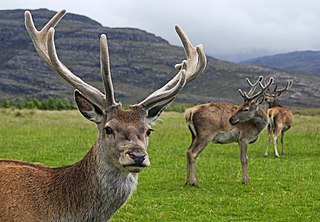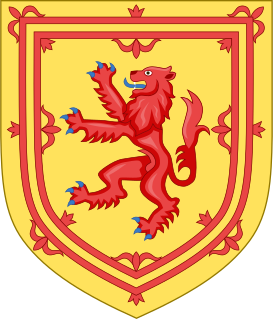 W
WThis article gives an overview of the structure of environmental and cultural conservation in Scotland, a constituent country of the United Kingdom.
 W
WBothies are remote, rural cottages that have outlived their original purposes but now are kept unlocked for people to take shelter or stay overnight without charge. They are located mostly in Scotland, with a small number in England and Wales, and have extremely basic facilities - with no electricity, gas, or piped water. The Mountain Bothies Association, established in 1965, is a charity that maintains bothies.
 W
WThe Deer (Scotland) Act 1996 is an Act of Parliament governing the conservation and management of deer within Scotland. The Act repealed the Deer (Scotland) Act 1959.
 W
WOn 10 March 2010, Scotland's Marine Bill received Royal Assent, making it the Marine (Scotland) Act 2010.
 W
WThe Marine Scotland Directorate is a directorate of the Scottish Government. Marine Scotland manages Scotland's seas and freshwater fisheries along with delivery partners NatureScot and the Scottish Environment Protection Agency.
 W
WThe National Trust for Scotland for Places of Historic Interest or Natural Beauty, commonly known as the National Trust for Scotland, is a Scottish conservation organisation. It is the largest membership organisation in Scotland and describes itself as "the conservation charity that protects and promotes Scotland's natural and cultural heritage for present and future generations to enjoy".
 W
WWorld Heritage Sites in Scotland are locations that have been included in the UNESCO World Heritage Programme list of sites of outstanding cultural or natural importance to the common heritage of humankind. Historic Environment Scotland is responsible for 'cultural' sites as part of their wider responsibility towards the historic environment. The Environment Directorate is responsible for natural sites.